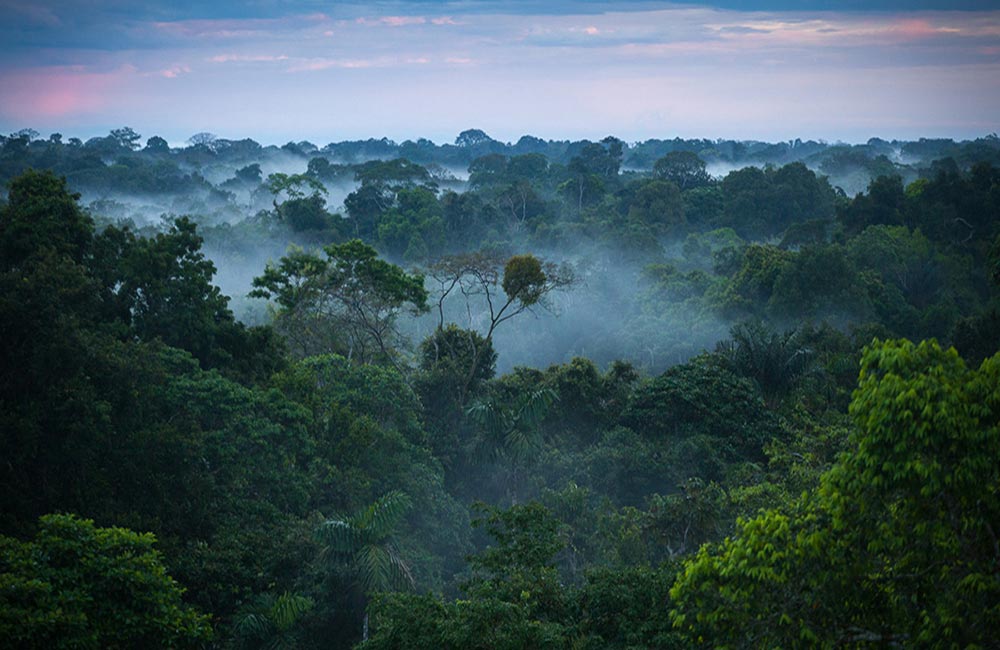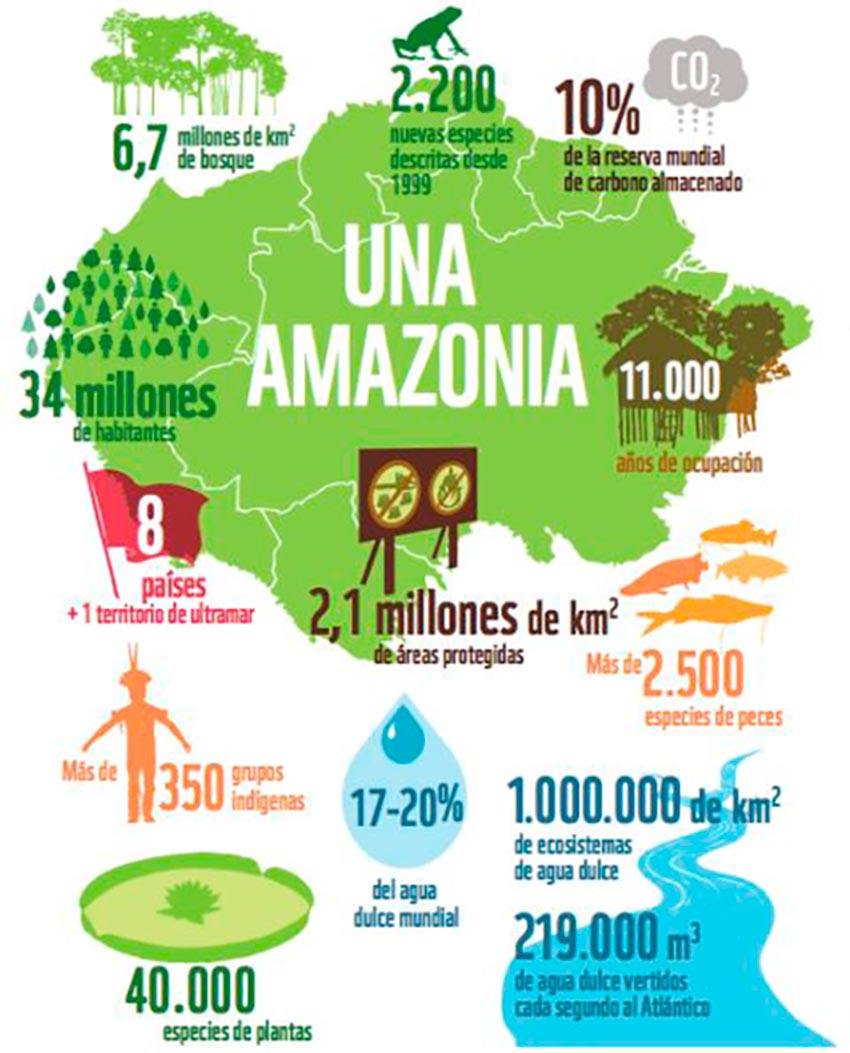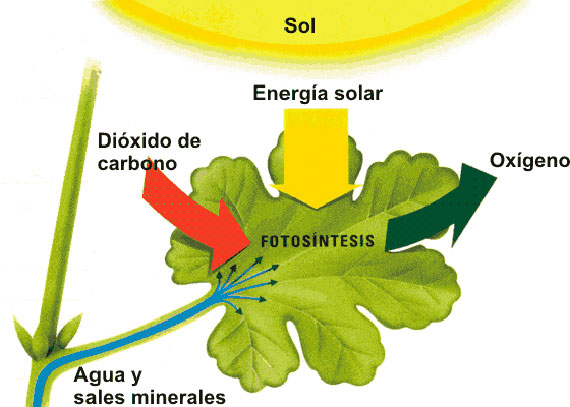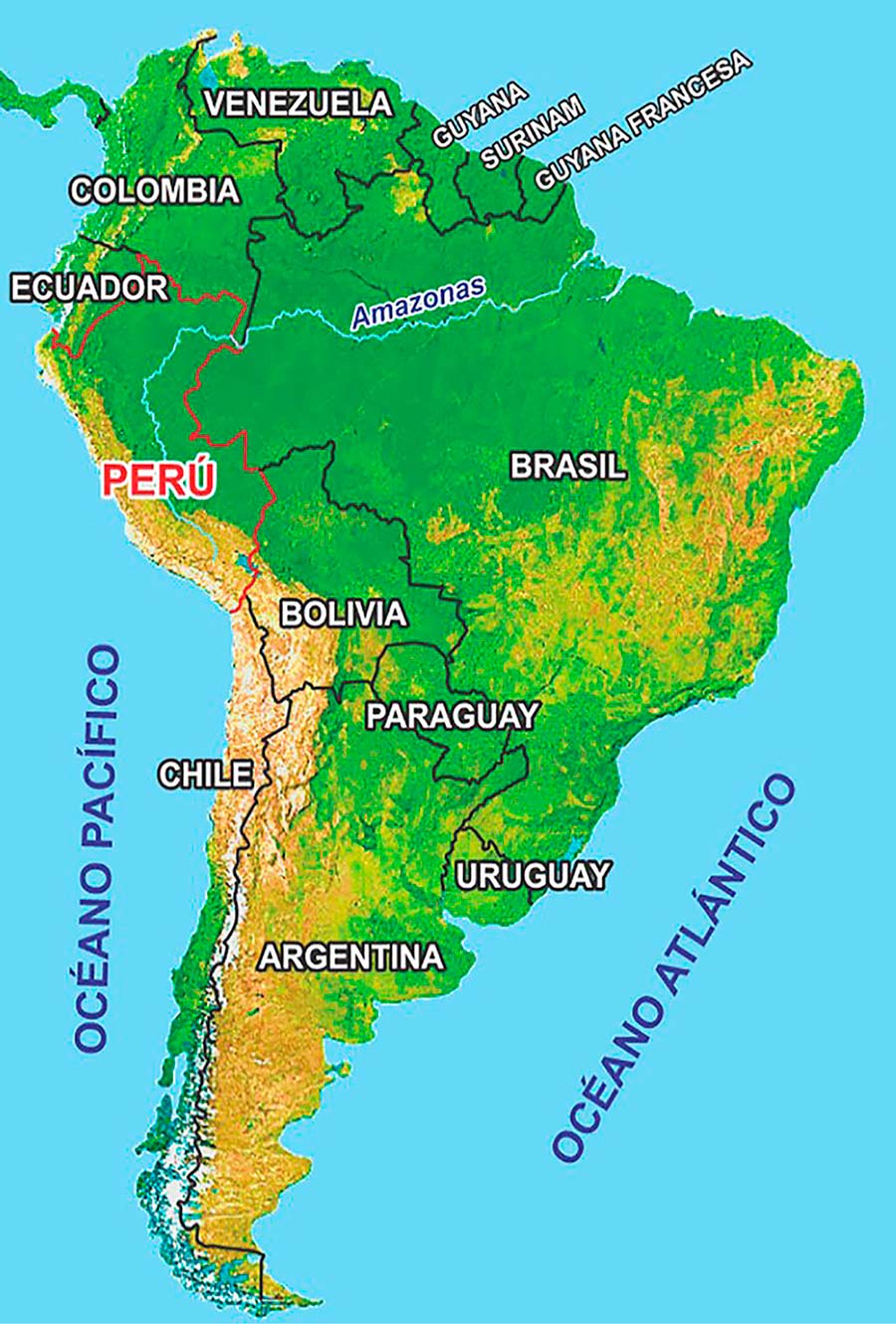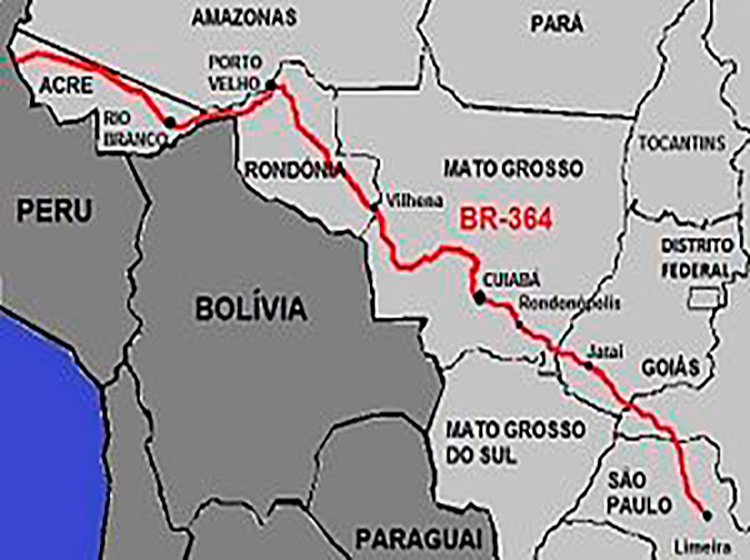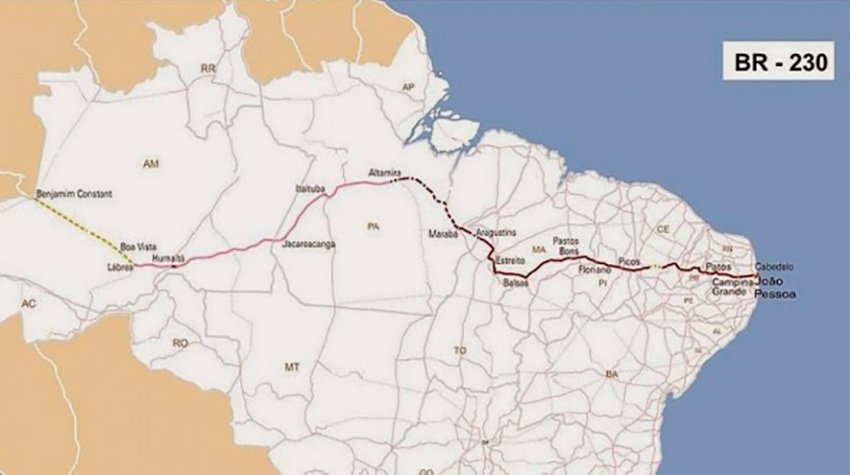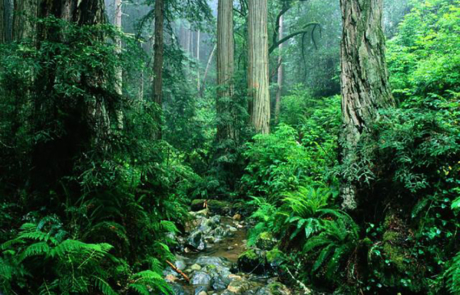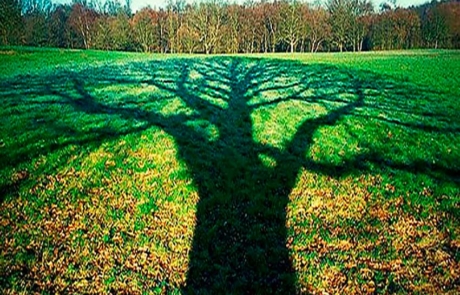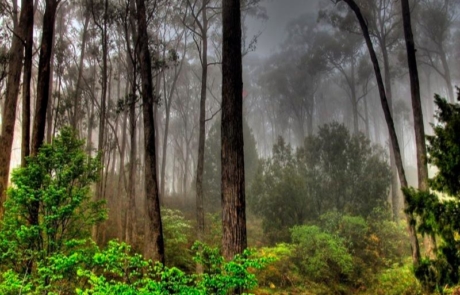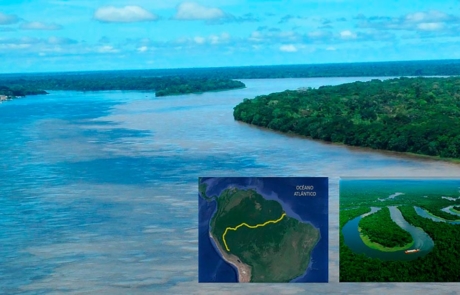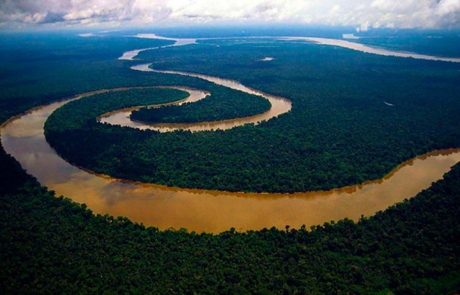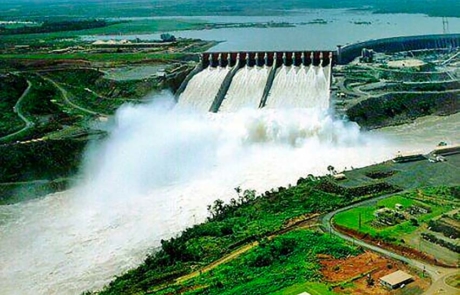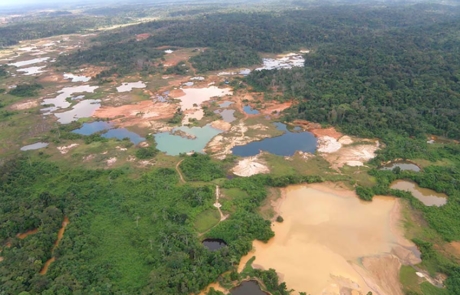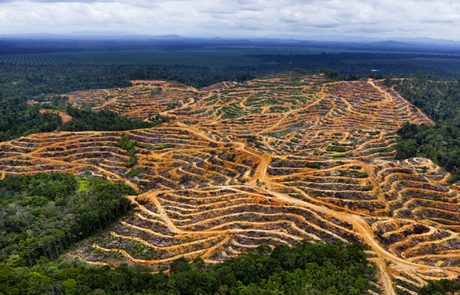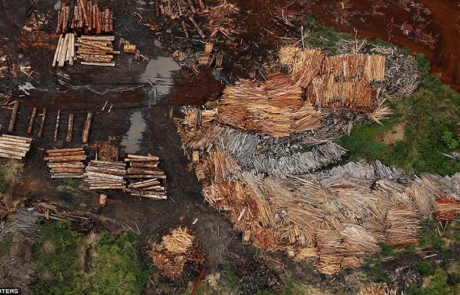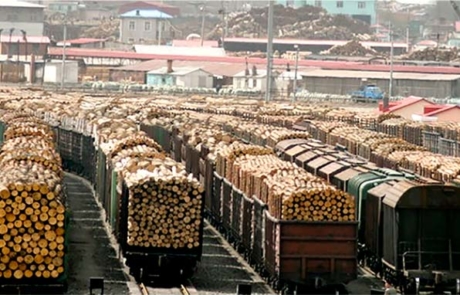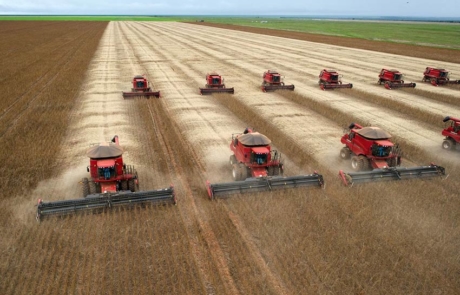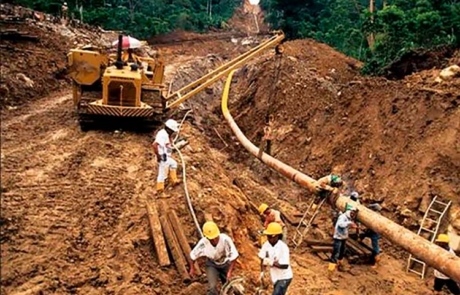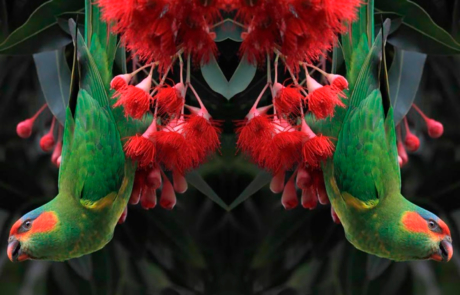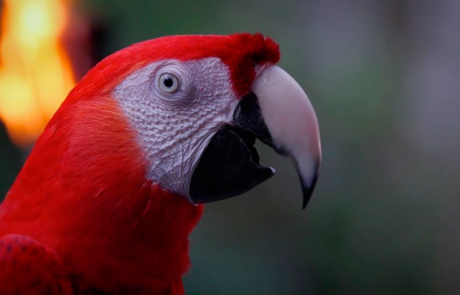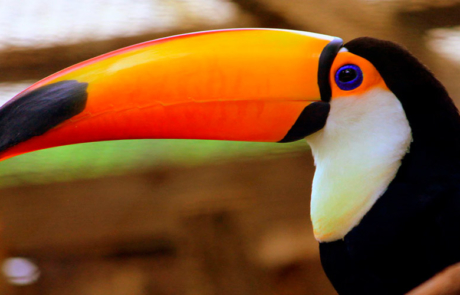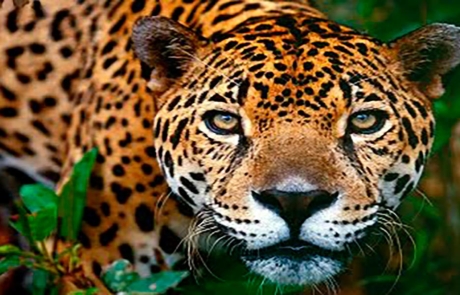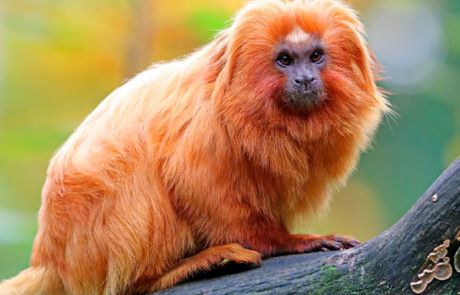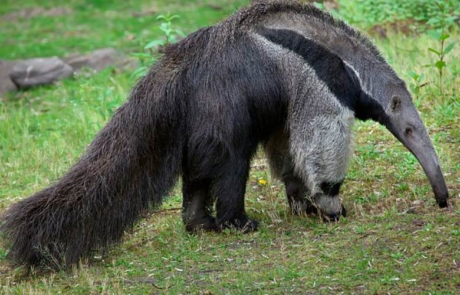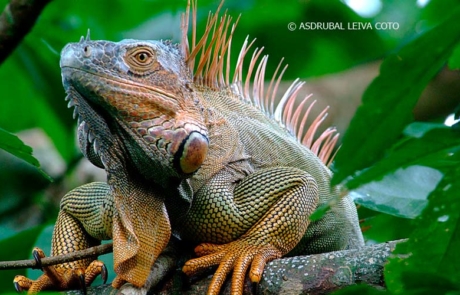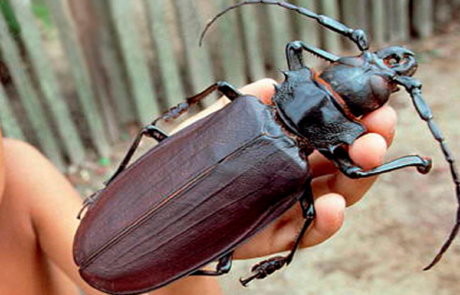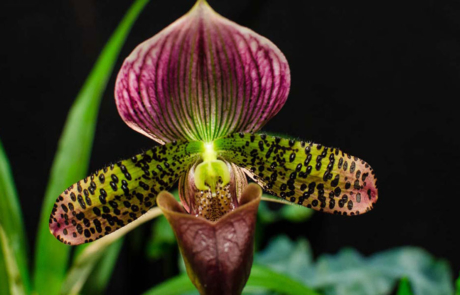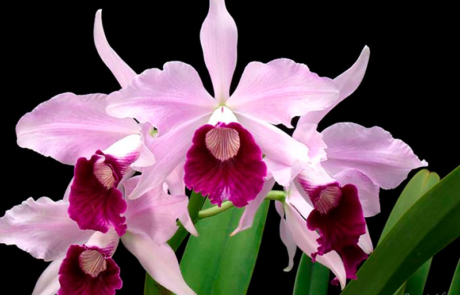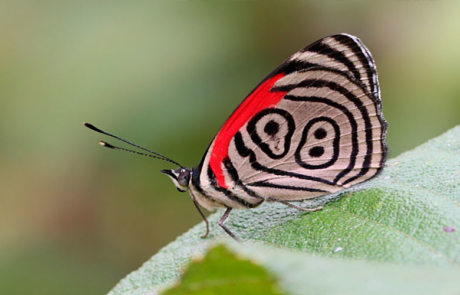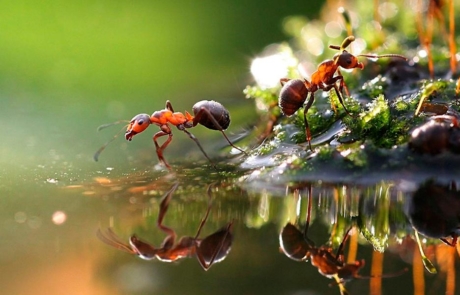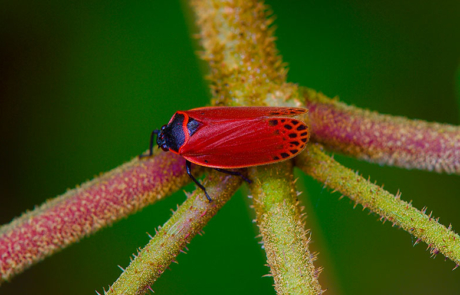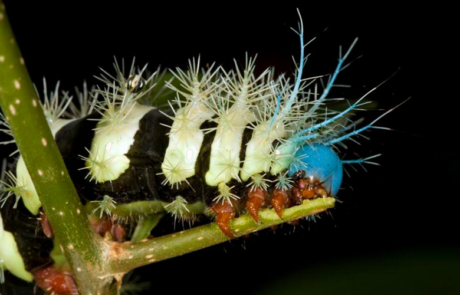FAQs about the Amazon rainforest, the world’s lung
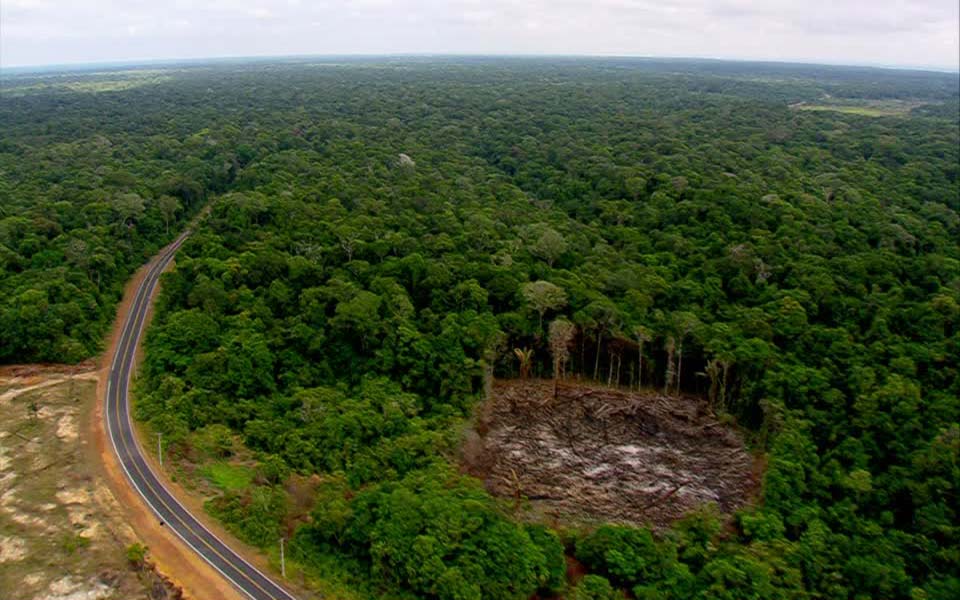
MAGAZINE
SGK-PLANET
New proposal
on the topic
you are
looking for
1. Why is the Amazon jungle the lung of the world?
The Amazon hosts the largest tropical forest in the world, with an area of more than 6 million km2, in whose territory Spain would fit almost twelve times. There are about 80 thousand kinds of trees and more than 140 thousand plant species. They are hundreds of millions of specimens that absorb water and then return it to the atmosphere in immense quantities of water vapor, through its leaves. With that mega perspiration the clouds form, from which the vital liquid returns by passing drizzles or prolonged downpours, which partly fall on the forest itself. These rains keep the forests with a constant humidity, although they also irrigate distant places like the Andean mountain range. This gigantic biochemical machinery gives us an idea of the importance as a natural controller of global warming and climate change. For this reason, it has been called the “lung of the planet” or “lung of the world”.
Other FAQs about the Amazon rainforest, the world’s lung
1. Why is the Amazon jungle the lung of the world?
2. What is the function of trees to keep the global temperature stable?
3. What would happen if the Amazon rainforest ends up like the Borneo rainforest?
4. How does the Amazon rainforest help curb climate change?
5. How does the deforestation of the Amazon rainforest affect the greenhouse effect?
6. Has the cut down of trees in the Amazon rainforest stopped?
7. Have the agreements to reduce the deforestation of the Amazon rainforest worked?
8. What would happen if we eliminated the Amazon rainforest, the lung of the world?
9. How does the Global Warming affect the deforestation of the Amazon rainforest?
10. Exist awareness about what is happening with the rainforests of the Amazon and Borneo?
We recommend reading these related articles:
Borneo, a history of an ecological catastrophe that has not yet ended
How Borneo already had its own Climate Change made by human hands
Other sections of the Amazon rainforest, the world’s lung
Article

The Amazon rainforest, the lung of world
One tree breathes, two trees breathe twice as much and in the case of the Amazon it is the world’s largest rainforest that breathes. And it does so with force, because millions of trees live in its immense territory of about six million square kilometers, eight times greater than the Borneo rainforest, depleted by 75%, largely during the last three decades of the Last century. The one that was recently the lung of Southeast Asia, today is a mutilated and diseased organ. The predation was such that the huge island became the first timber exporter on the planet, larger than Africa and Brazil together…
Magazine

Why the Amazon jungle is the lung of the world
Trees produce oxygen, vital to most species, and in turn absorb carbon dioxide, CO2, the largest component of greenhouse gases, causing global warming, the main trigger of climate change. During photosynthesis, the process carried out by trees and the vast majority of plants, they absorb and store carbon dioxide (CO2), which is fixed to their roots, trunks and leaves in the form of carbon. The plants, although they take oxygen from the air and re-enter CO2, the final balance is positive in favor of the extraction of CO2 from the atmosphere…


